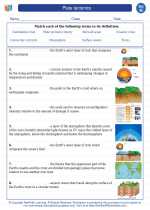Continental Crust
The continental crust is the layer of Earth's crust that forms the continents and the shallow seabeds close to their shores. It is primarily composed of less dense rocks such as granite and sedimentary rocks. The continental crust is significantly thicker than the oceanic crust and can extend up to 70 kilometers in depth.
Composition of Continental Crust
The continental crust is predominantly made up of granitic rocks, which are rich in silica and aluminum. These rocks are less dense and have a higher concentration of minerals such as quartz and feldspar. Additionally, sedimentary rocks, such as limestone and sandstone, are also present in the continental crust.
Formation of Continental Crust
The continental crust is formed through various geological processes such as volcanic activity, mountain building, and sedimentation. The accumulation and solidification of magma, as well as the deposition of sediments over millions of years, contribute to the formation and growth of the continental crust.
Key Concepts to Study
- Composition: Understand the main types of rocks that make up the continental crust and their mineral composition.
- Thickness: Learn about the average thickness of the continental crust and how it varies across different regions.
- Formation: Explore the geological processes involved in the formation of the continental crust, including plate tectonics, volcanic activity, and erosion.
- Comparison with Oceanic Crust: Differentiate between the continental crust and the oceanic crust in terms of composition, thickness, and density.
Study Tips
When studying the continental crust, it's important to visualize the Earth's layers and the distribution of continental crust across the planet. Utilize diagrams and interactive resources to enhance your understanding of the topic. Additionally, practice identifying different types of rocks and understanding their relevance to the formation of the continental crust.
[Continental Crust] Related Worksheets and Study Guides:
.◂Science Worksheets and Study Guides Eighth Grade. Plate tectonics
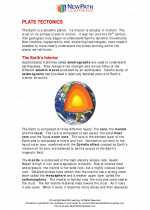
 Activity Lesson
Activity Lesson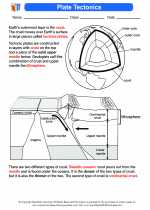
 Worksheet/Answer key
Worksheet/Answer key
 Worksheet/Answer key
Worksheet/Answer key
 Worksheet/Answer key
Worksheet/Answer key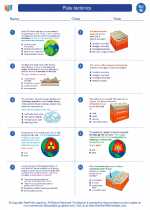
 Worksheet/Answer key
Worksheet/Answer key
 Vocabulary/Answer key
Vocabulary/Answer key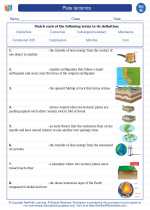
 Vocabulary/Answer key
Vocabulary/Answer key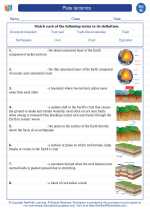
 Vocabulary/Answer key
Vocabulary/Answer key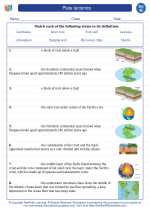
 Vocabulary/Answer key
Vocabulary/Answer key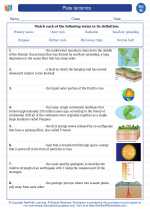
 Vocabulary/Answer key
Vocabulary/Answer key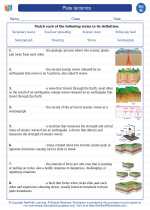
 Vocabulary/Answer key
Vocabulary/Answer key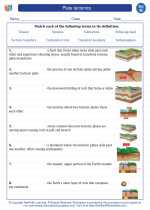
 Vocabulary/Answer key
Vocabulary/Answer key